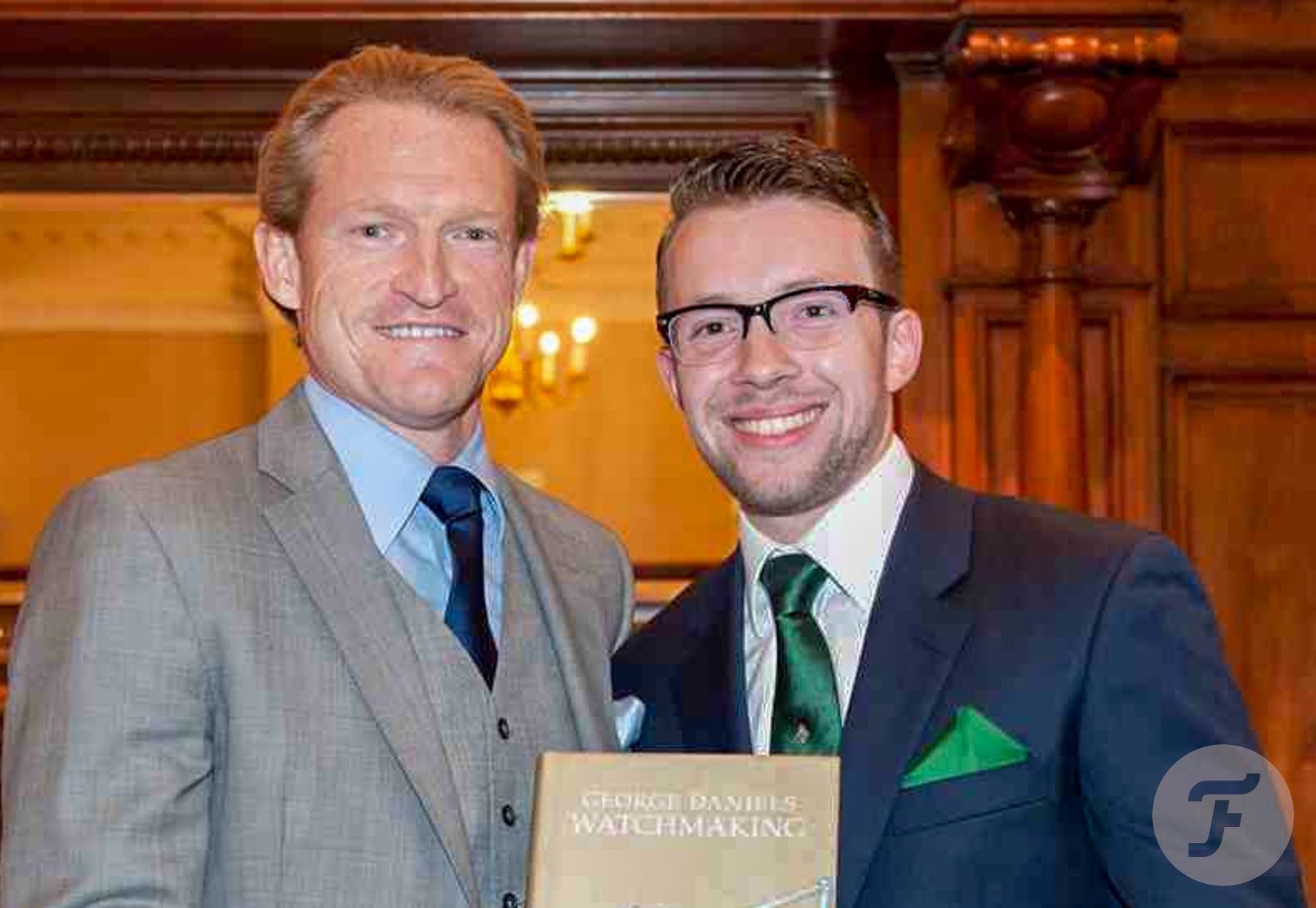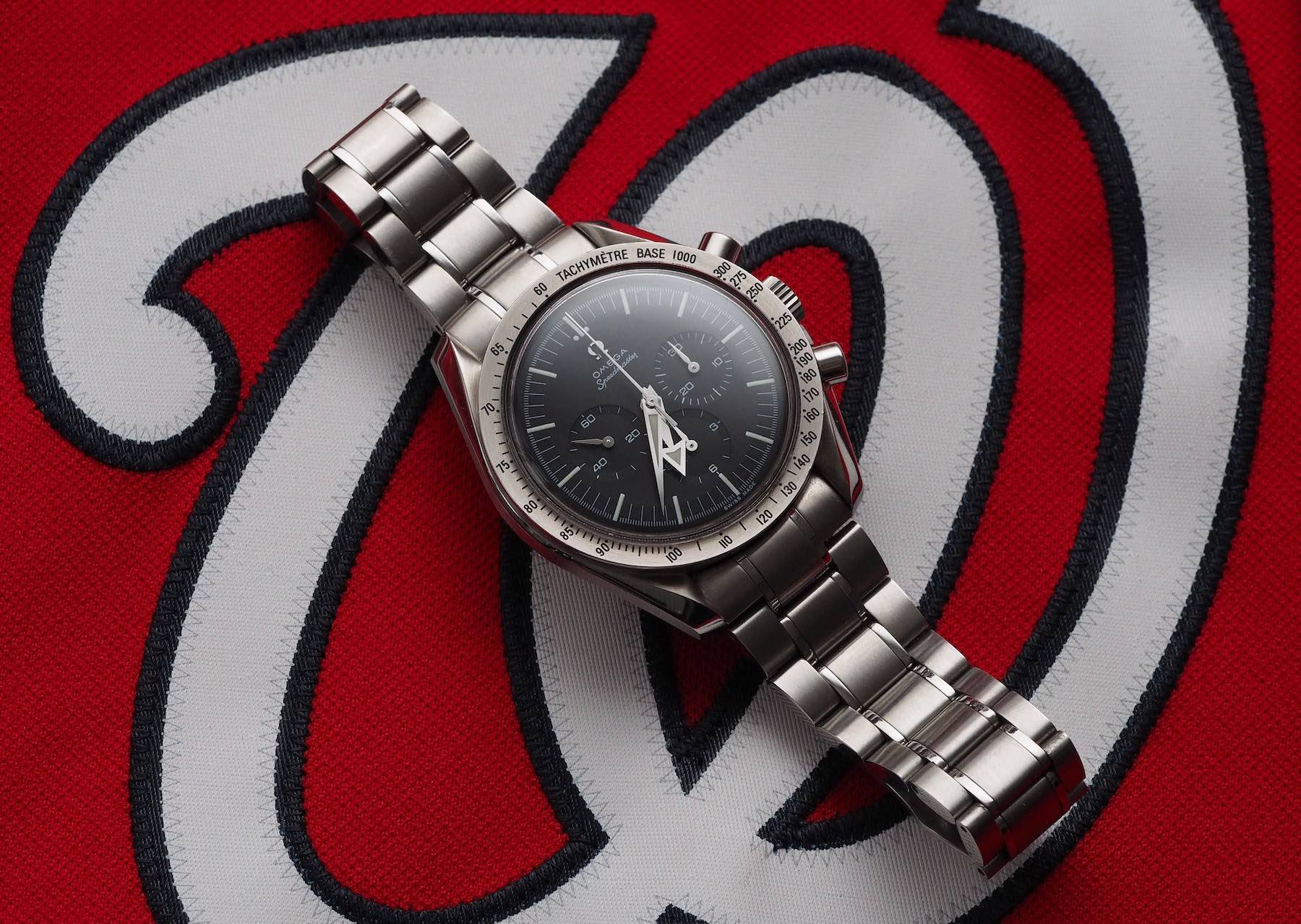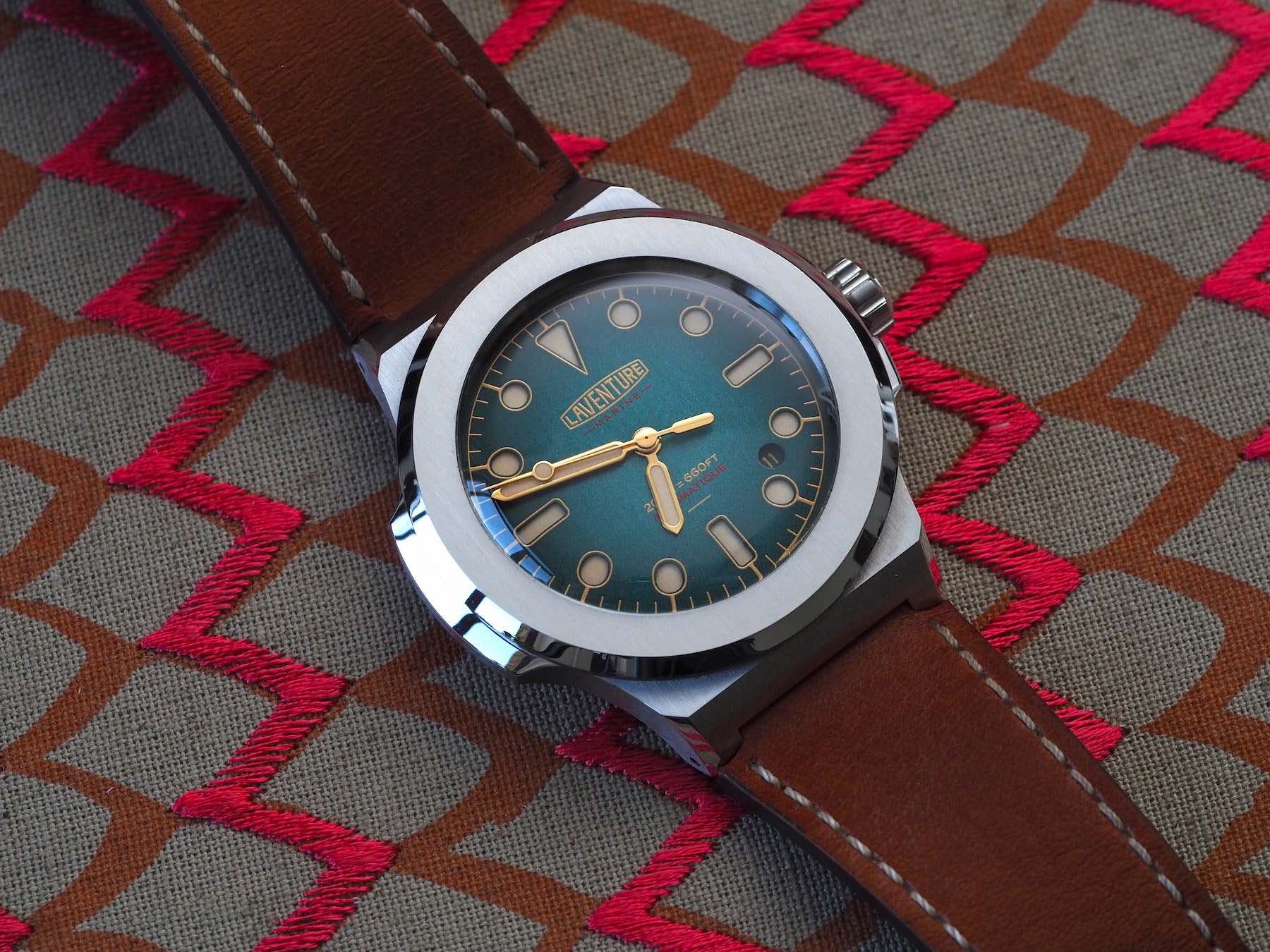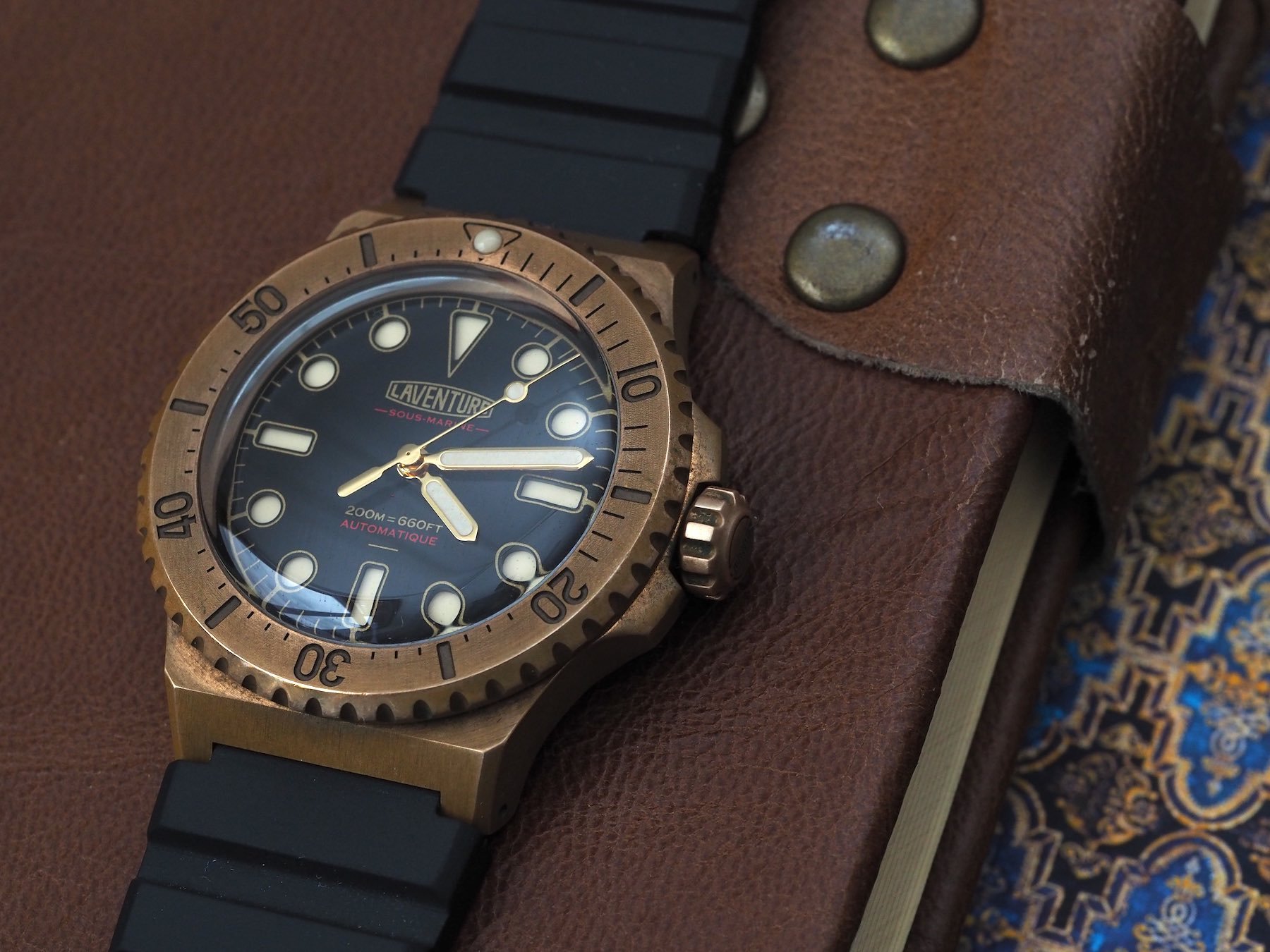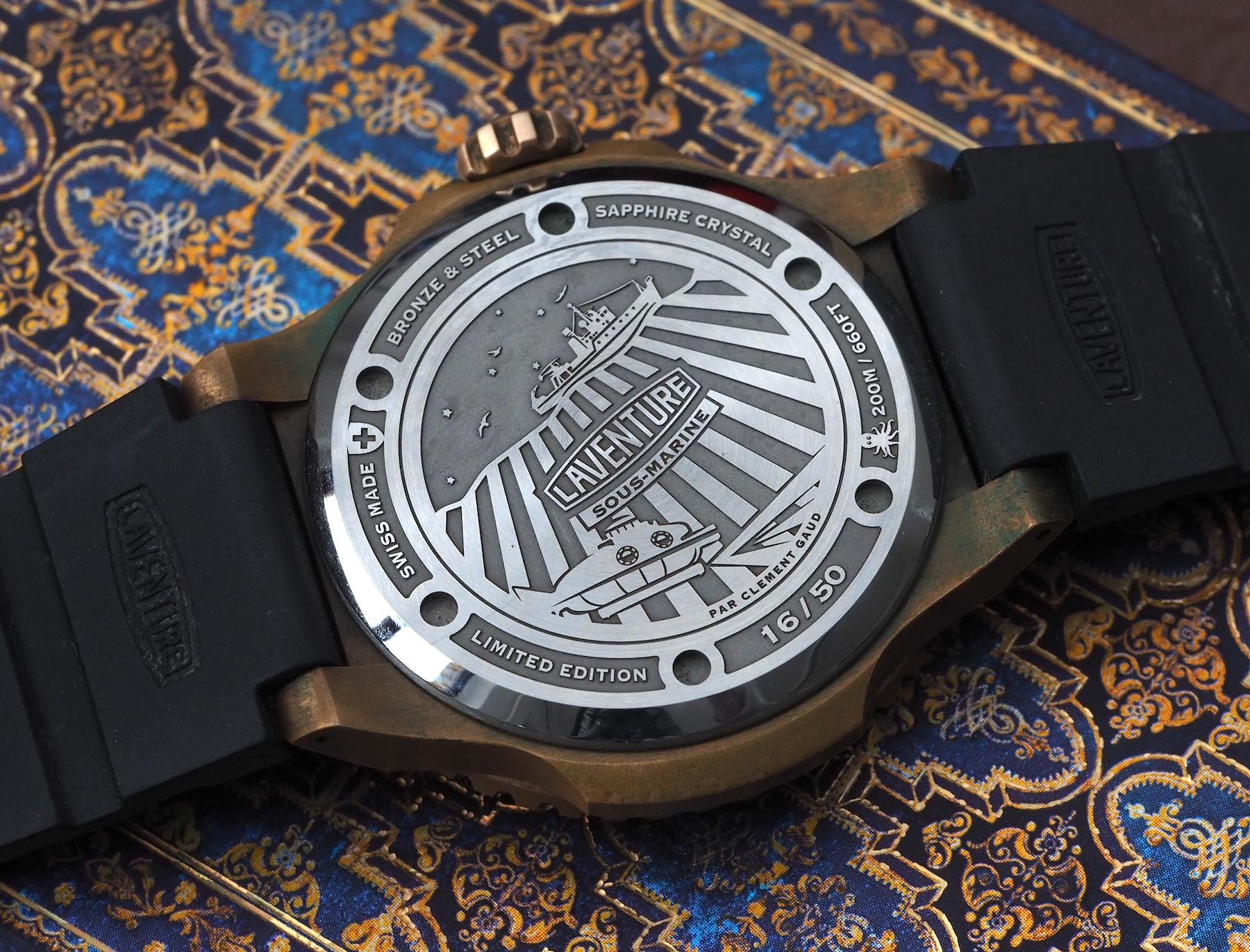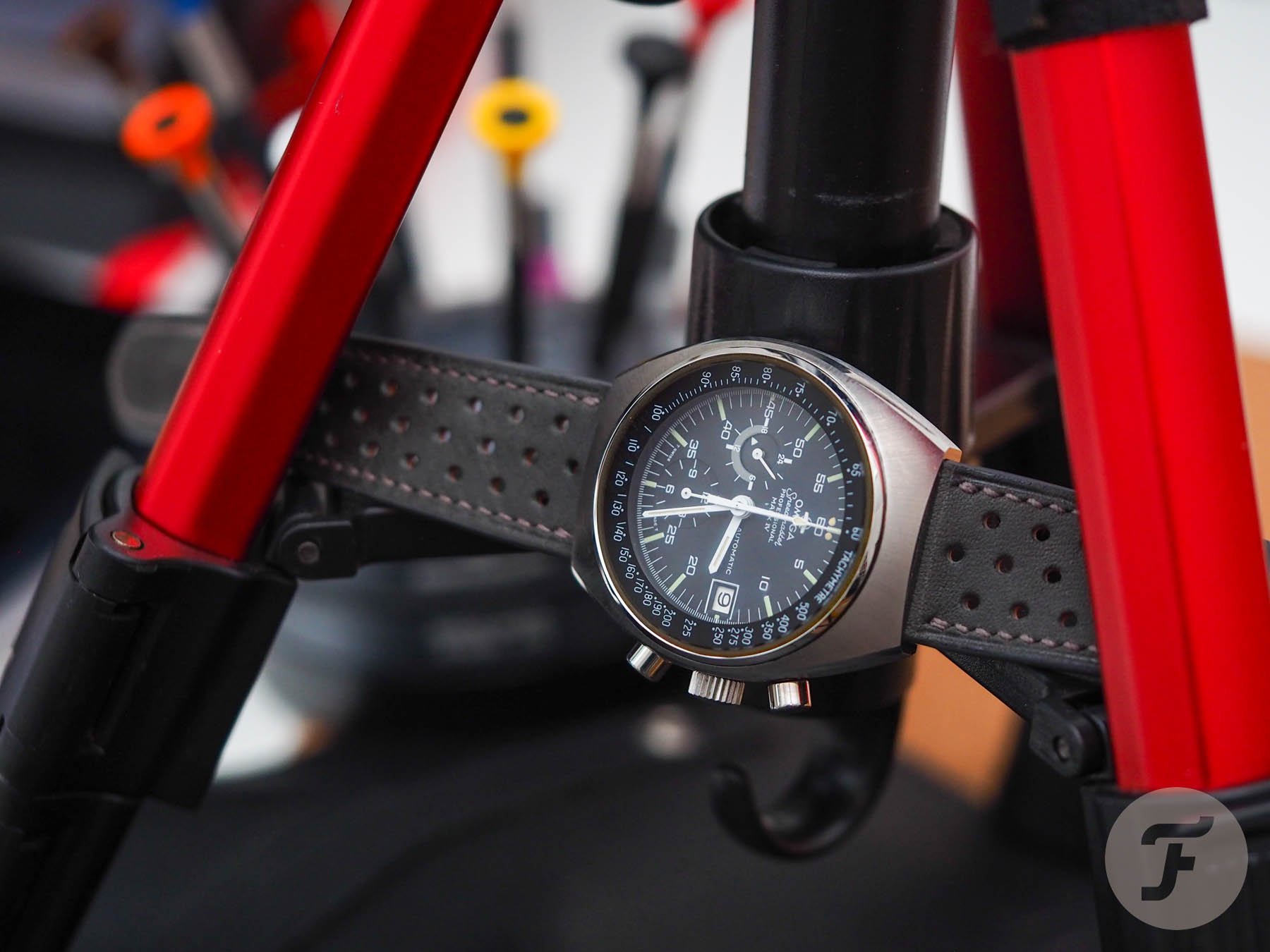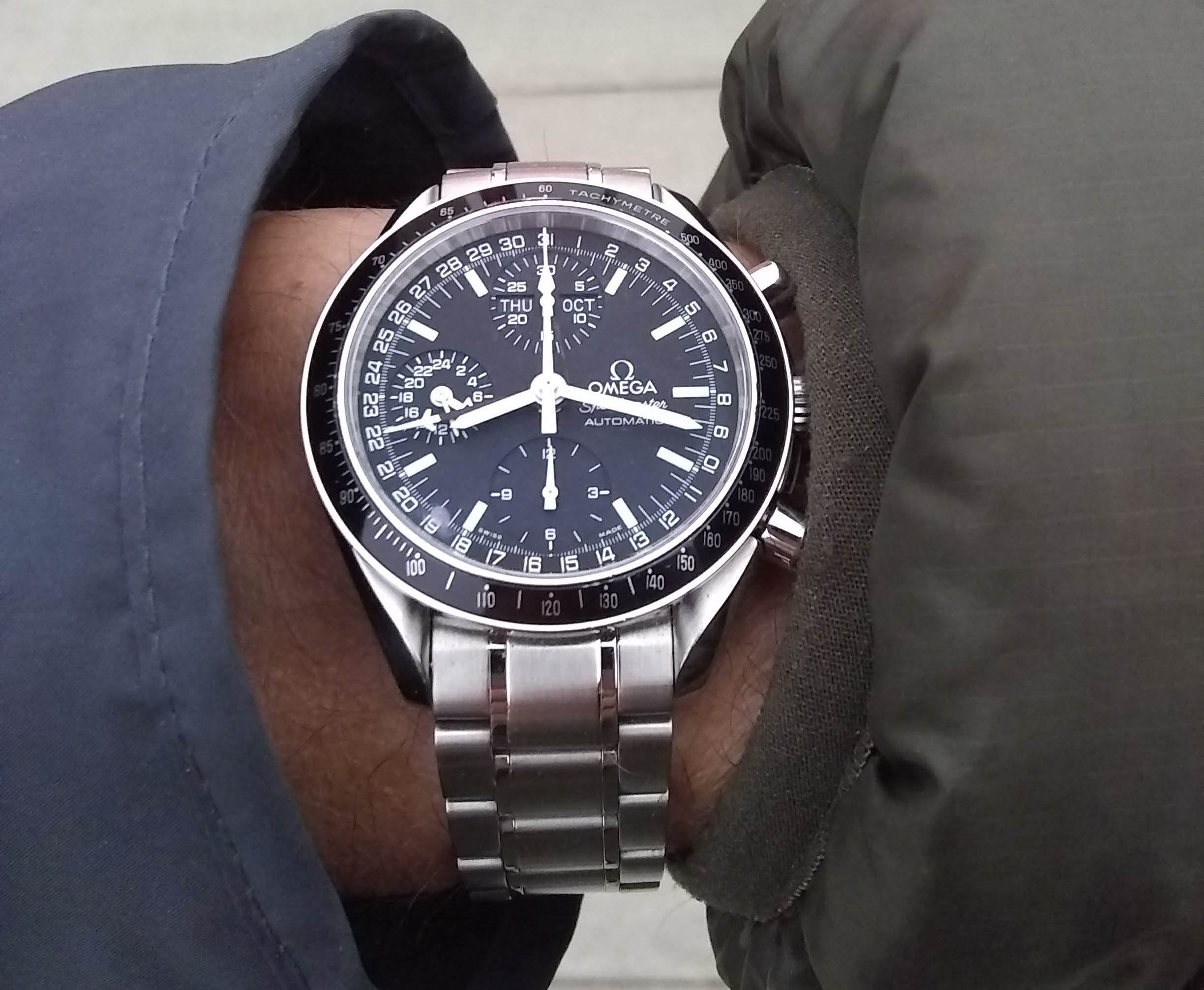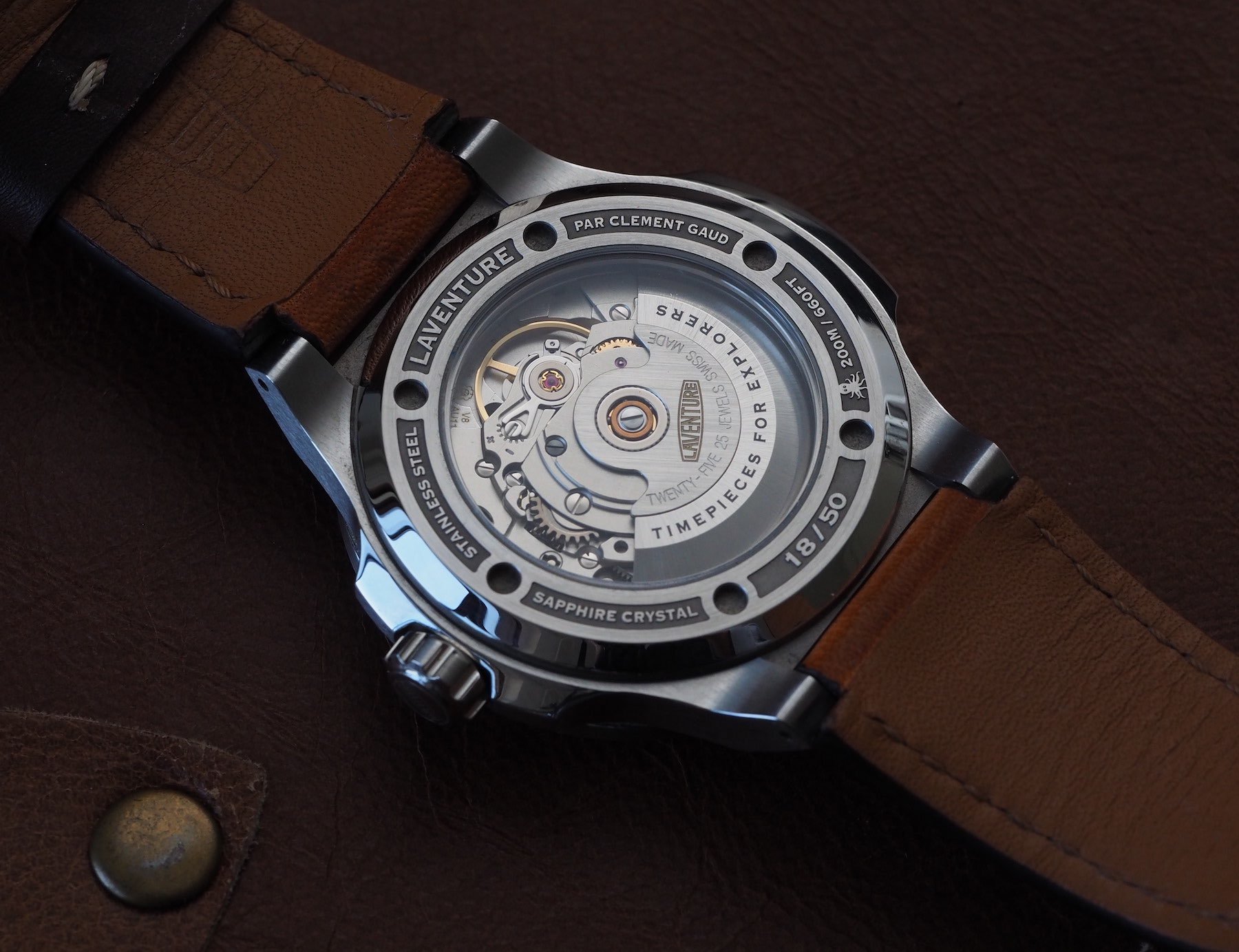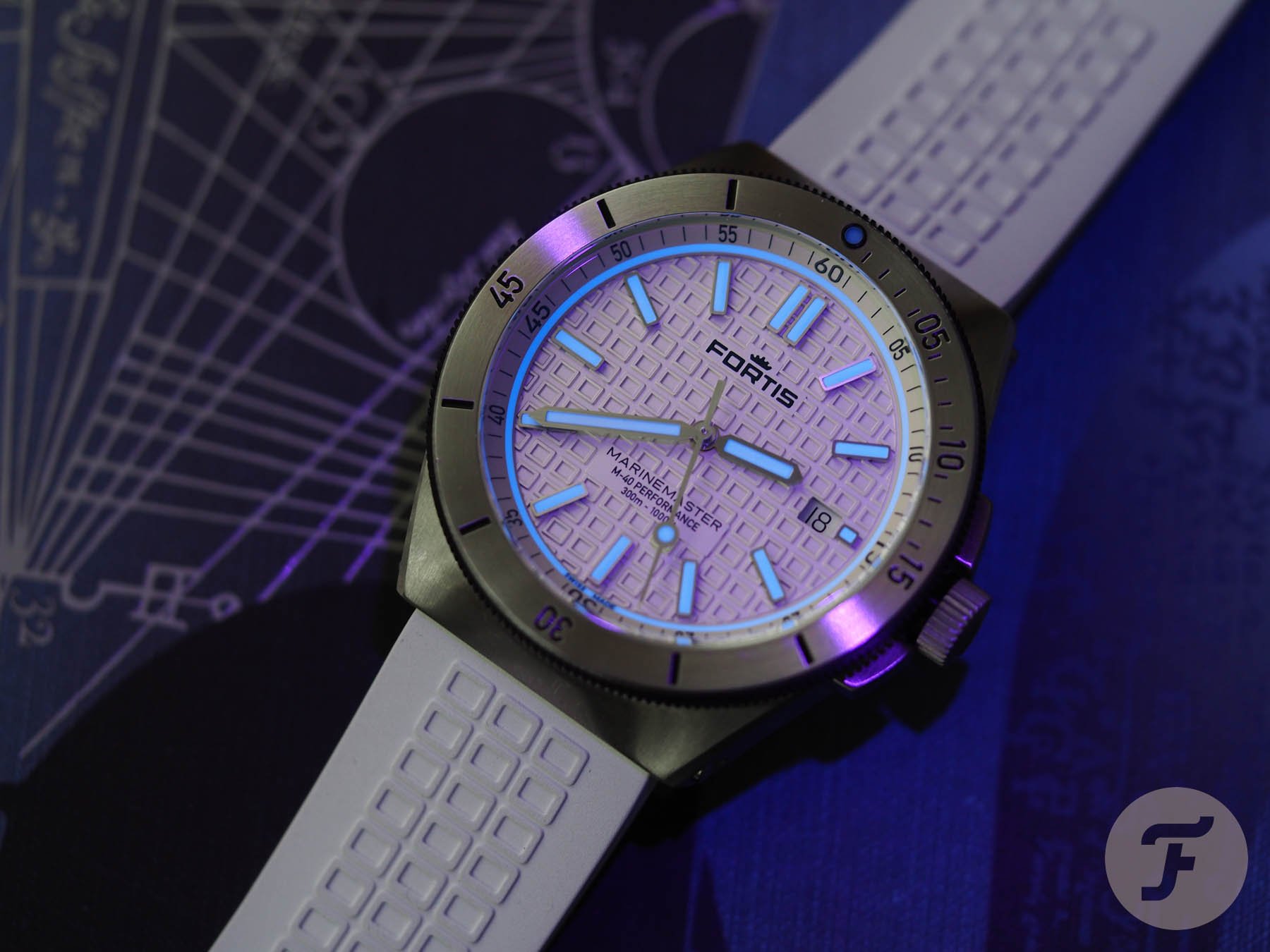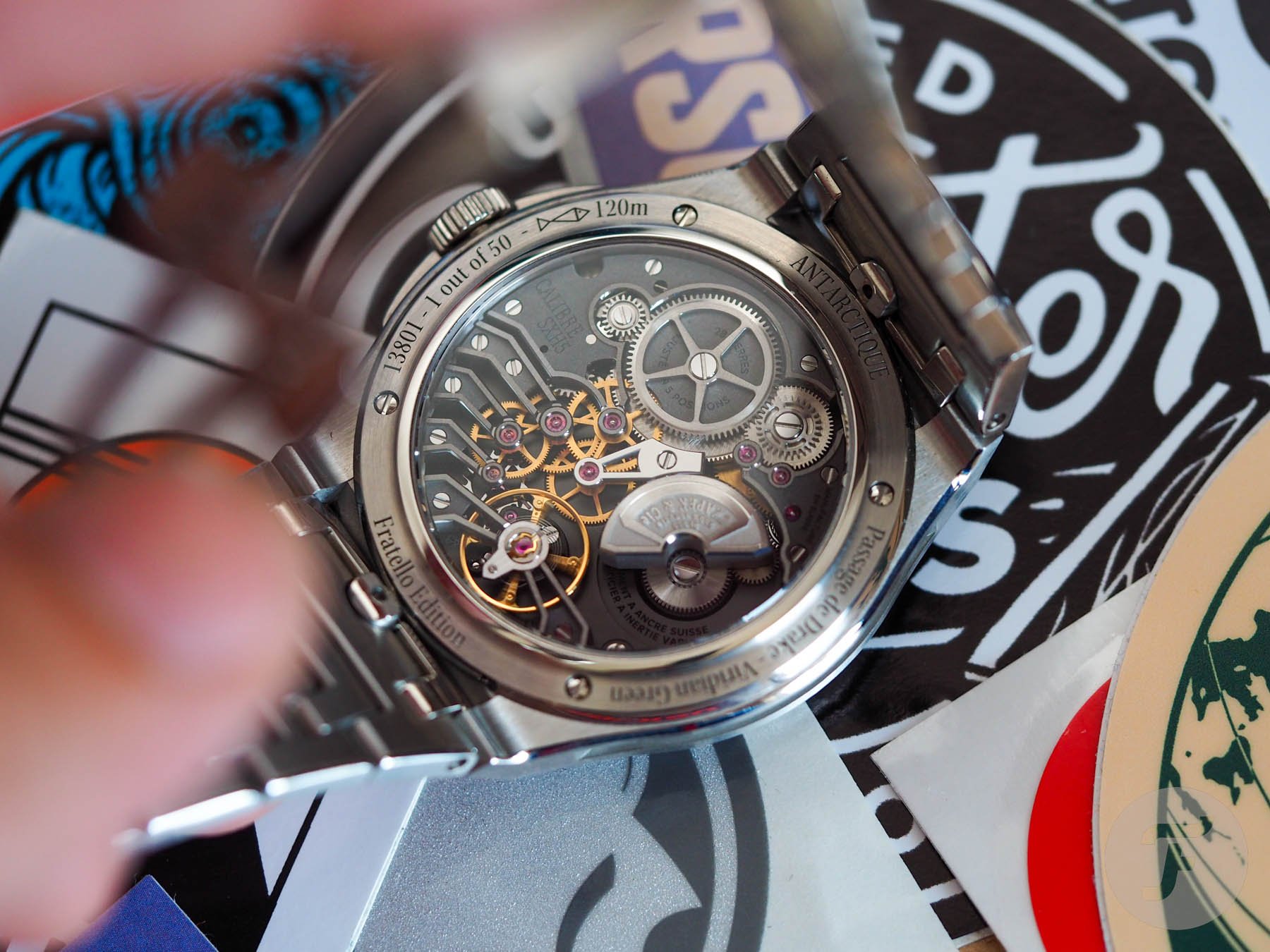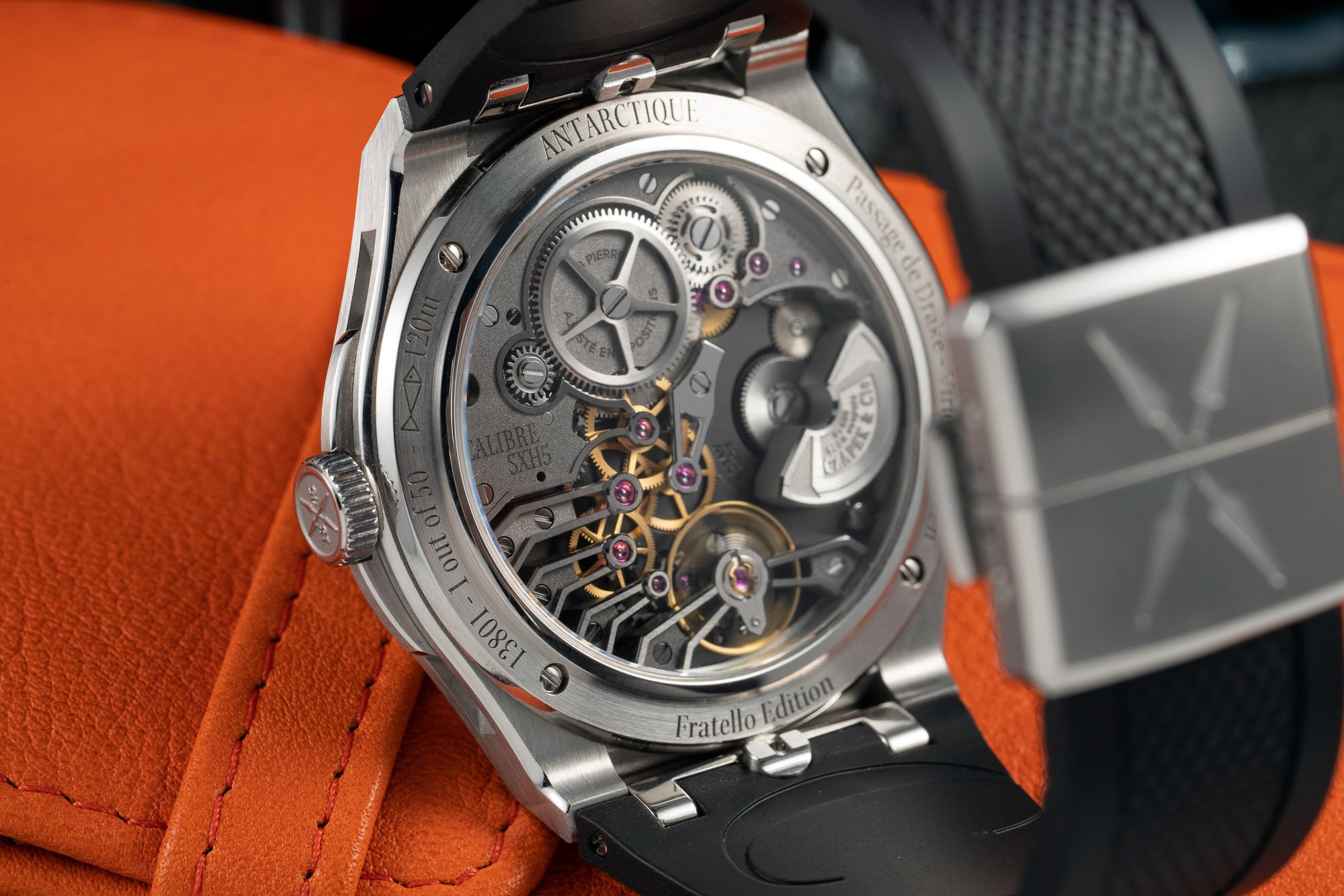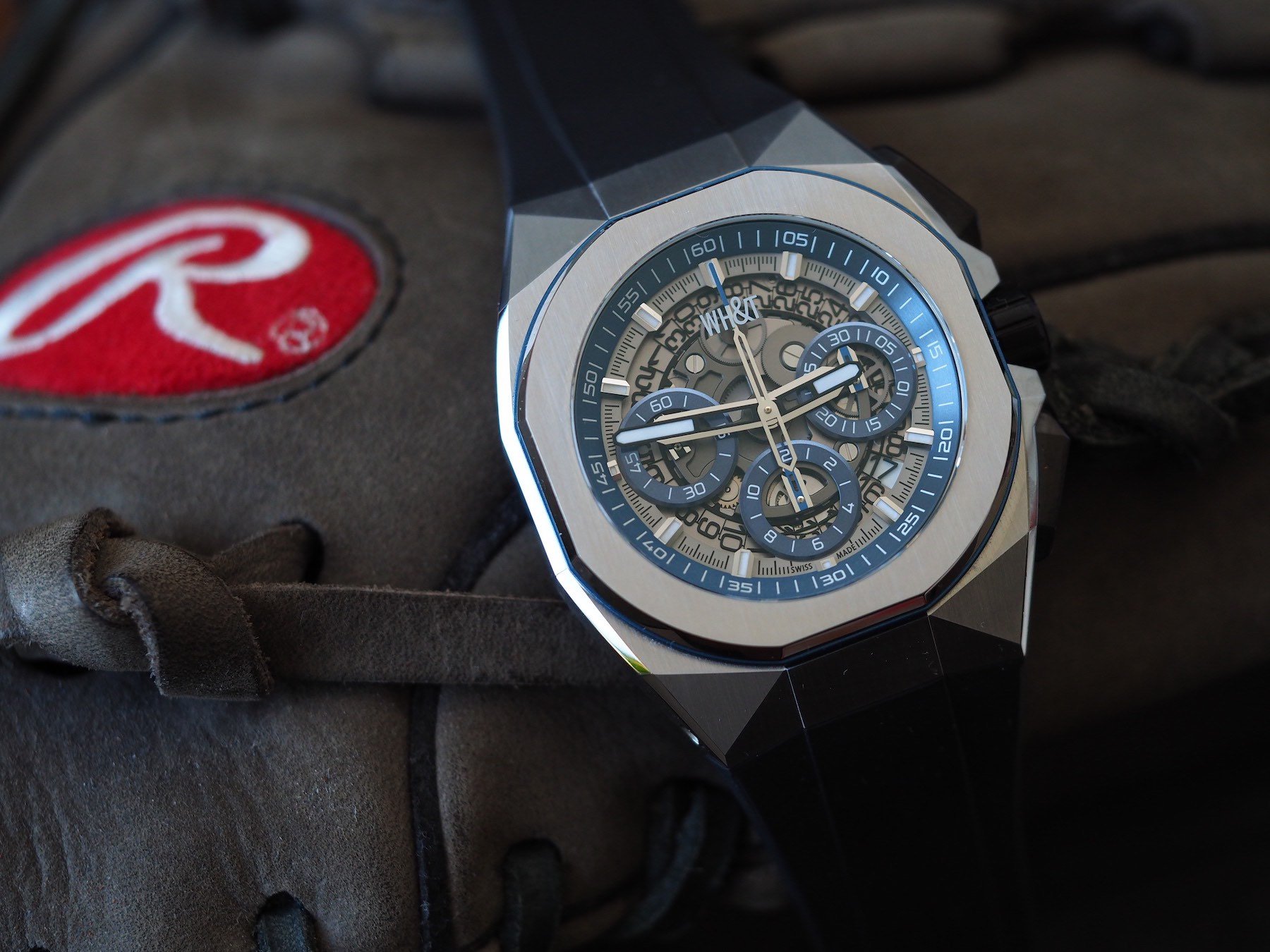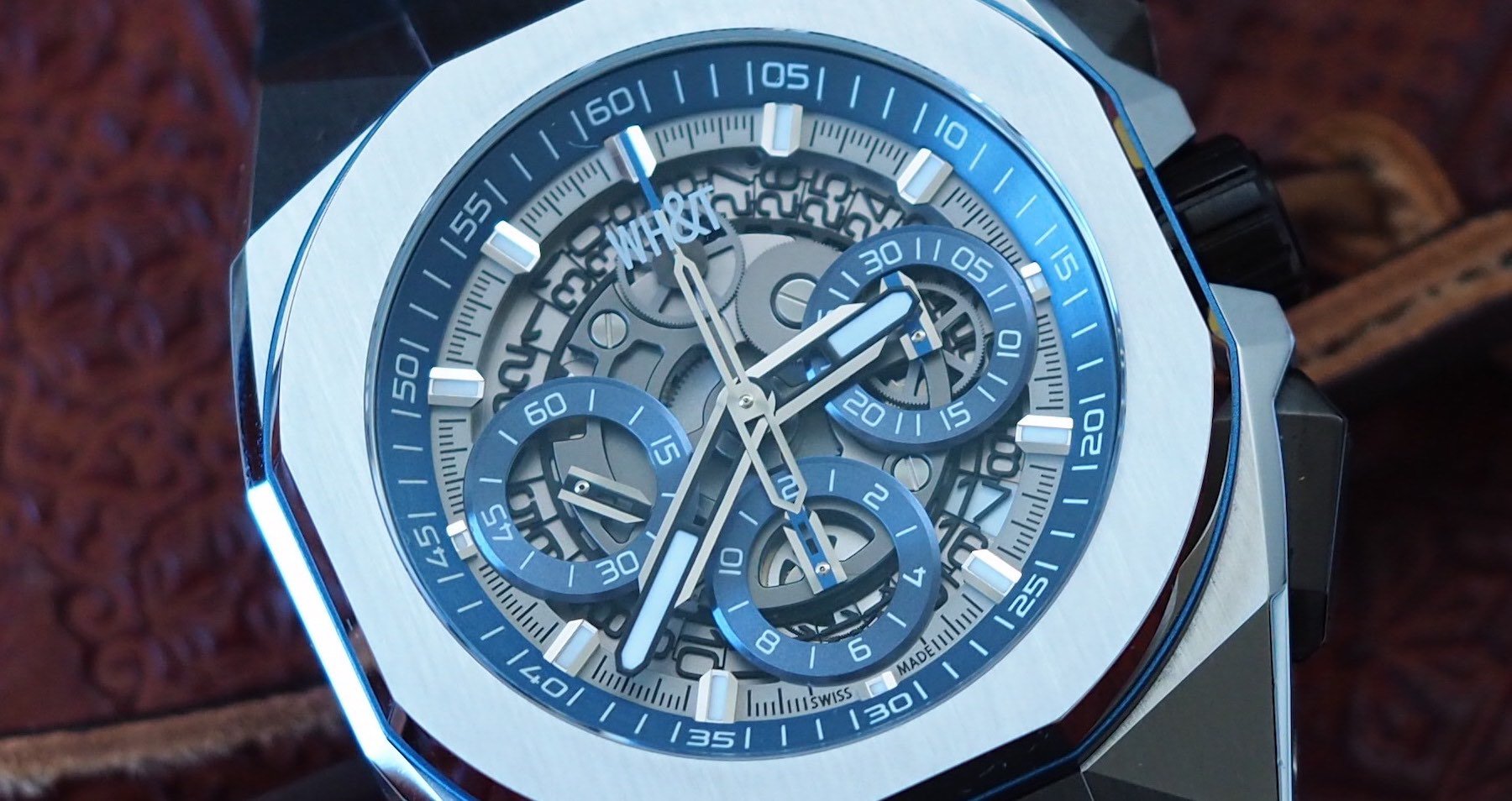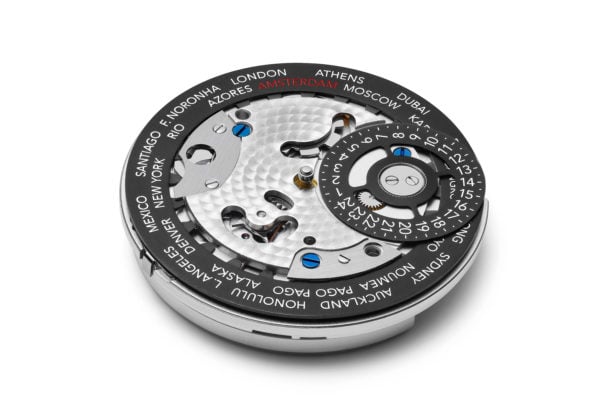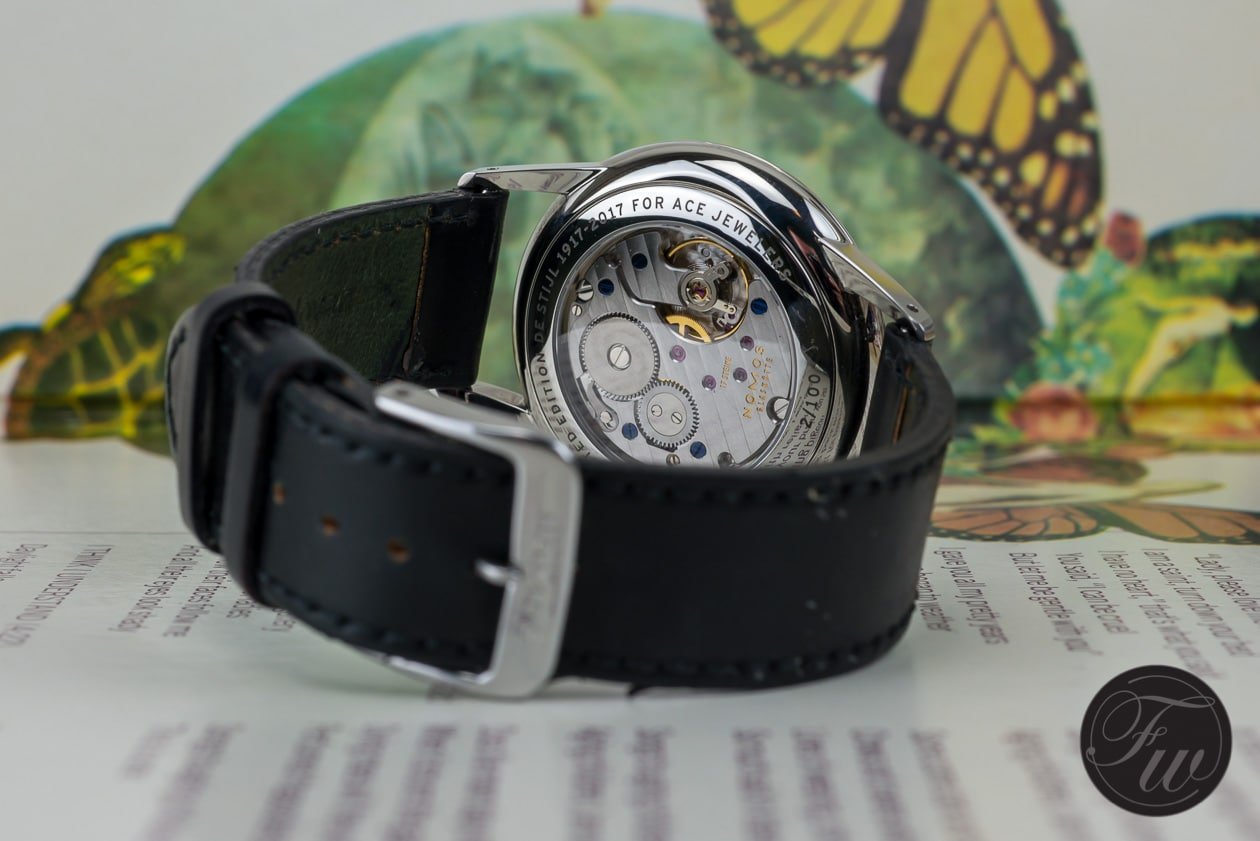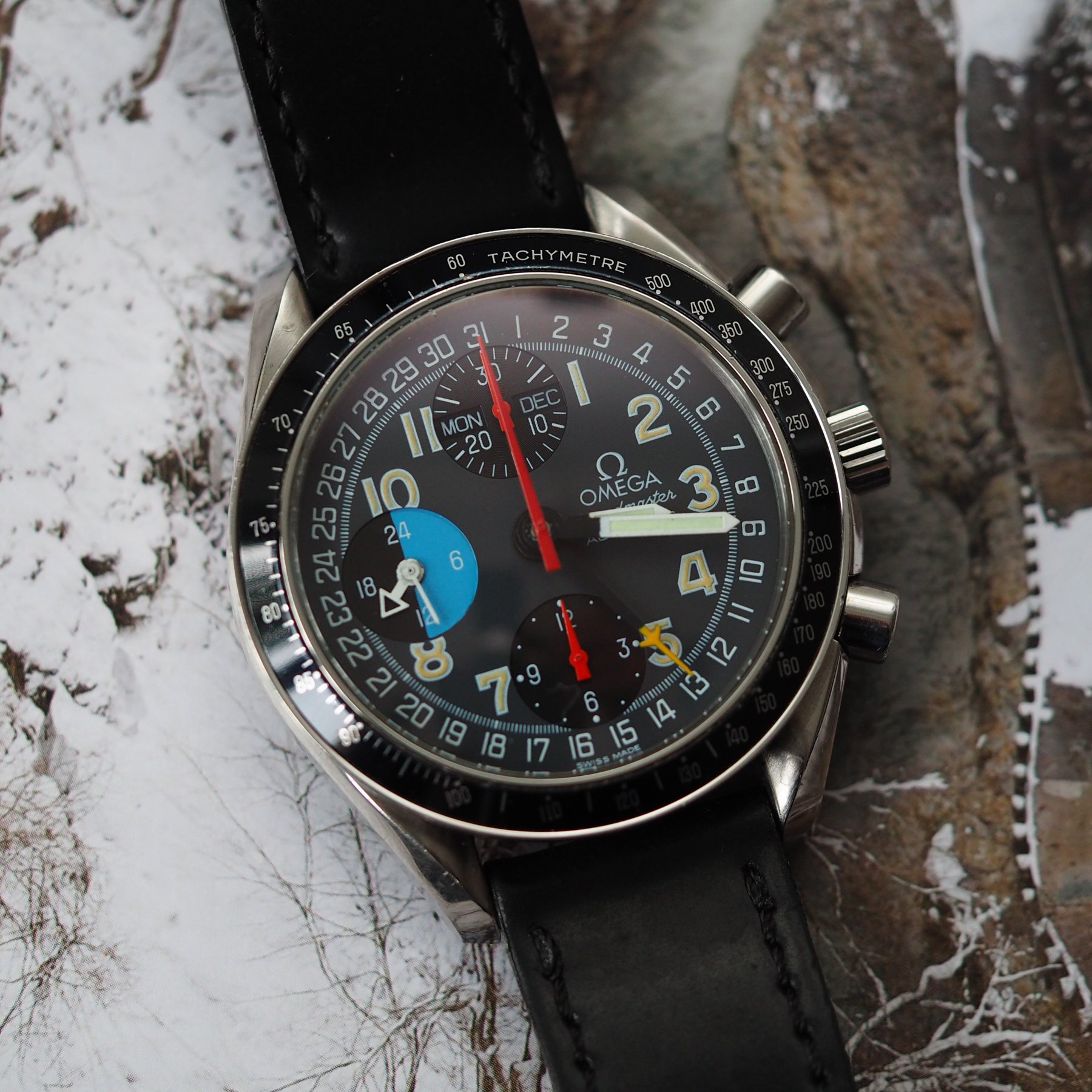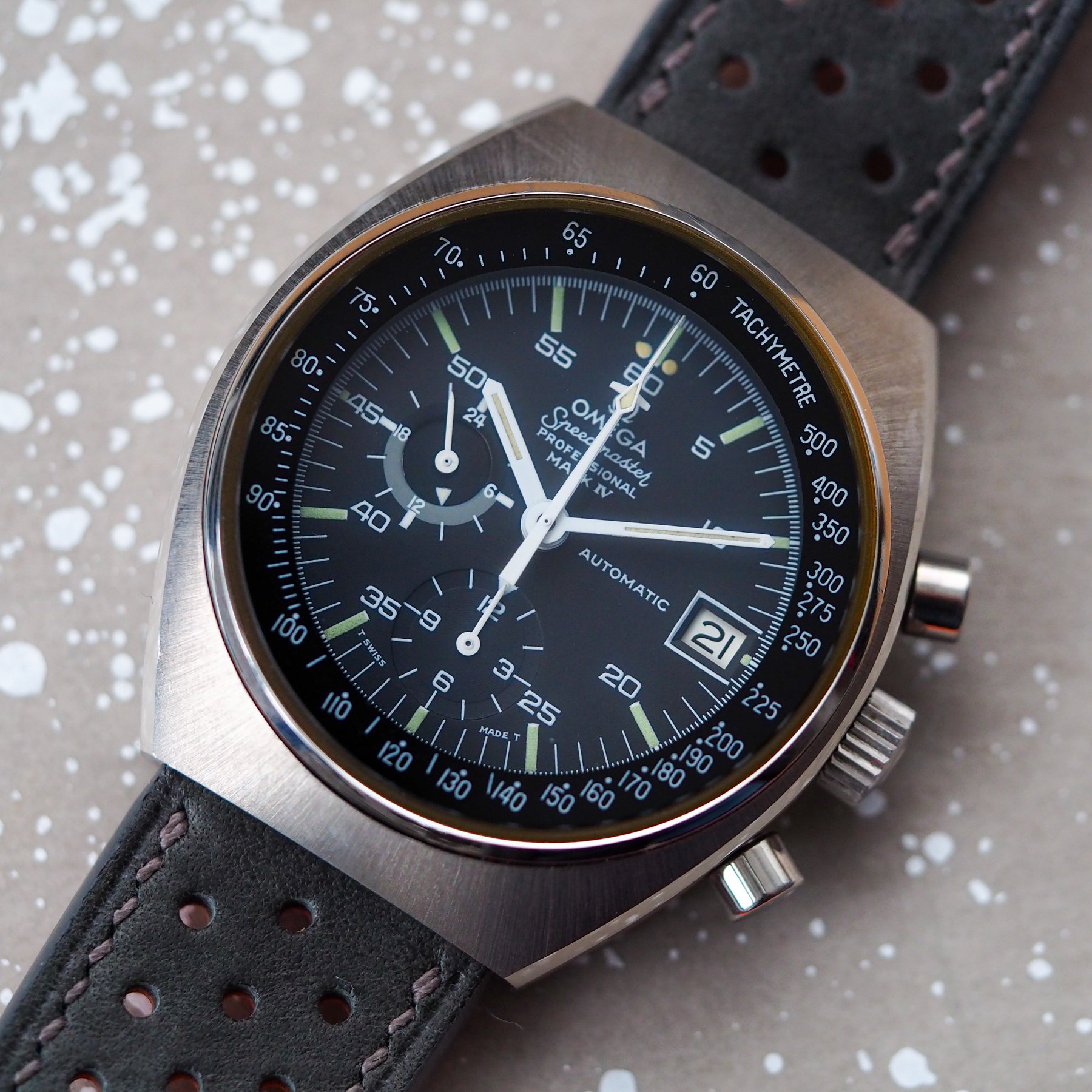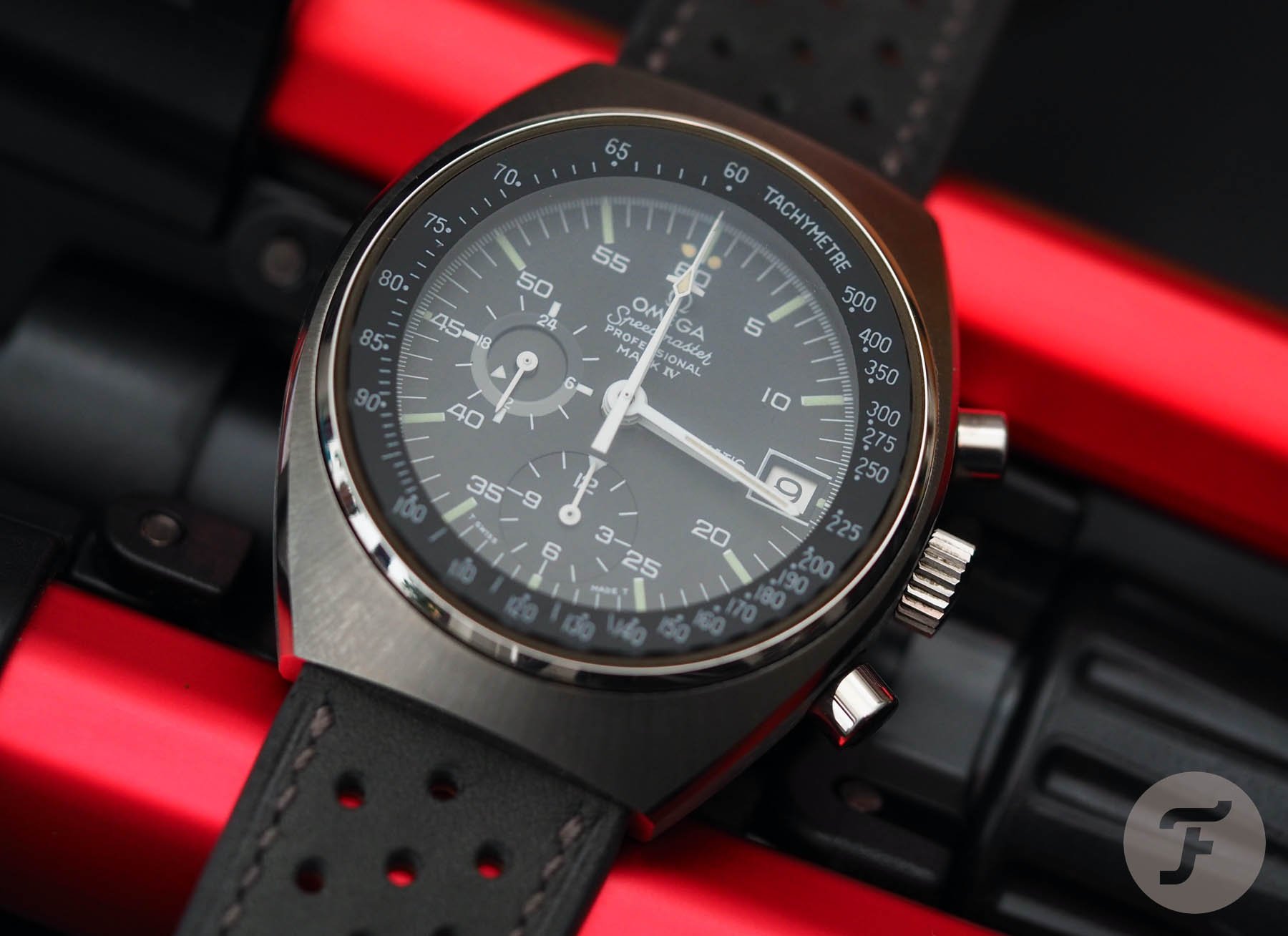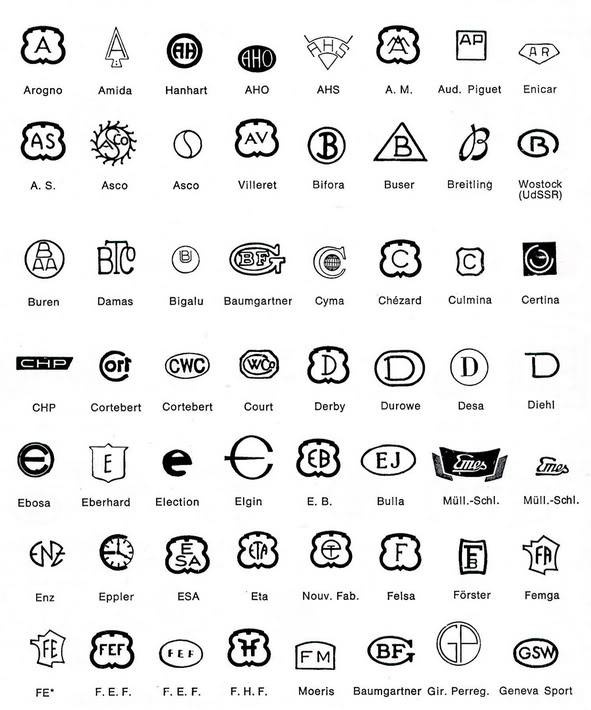From Watchmaker To Collector: How My Watchmaking Background Influences My Collecting Habits
I have a sizable watch collection. When people ask, which they often do, I tell them it’s around 75 pieces. That’s probably a relatively accurate median, but it fluctuates above and below that number as I churn through the lower realms of my hoard on a regular basis, gifting, selling, or trading watches that deserved a long look but never quite cracked my rotation. But is there any rhyme or reason to this hulking morass of timekeepers? Well, for a long while there was a lot of rhyming but not much reasoning. The chance acquisition of an Omega Speedmaster MK40 changed all that and reminded me where I came from…
Okay, not literally. I know exactly where I come from. As a Dublin-born, Manchester-raised son of Norfolkian parents, my bizarrely flat accent that has all the character of a single discarded tube sock cluttering the hard shoulder of a rain-drenched motorway never lets me forget. I’m a strange mixture. Odd cultural clashes exist within me and, perhaps unsurprisingly, exist within my watch collection also. It is two parts intellectual, one part flashy, one part functional, and four sprinkles of novelty. And it’s changing. Always. Whenever I try and get a handle on what it is and what it is becoming, it scurries off in a different direction. But recently something happened. Something changed. For the first time in a life of rampant acquisition, I stopped simply collecting and started curating.
I’m a watchmaker (yawn)
Yeah, you probably know this already. It’s the one fact I wheel out more than any other. It’s also pretty much the only thing on my CV that I ever bother mentioning (apart from the fact I was Glossop’s best barman for eight glorious years). Between 2010 and 2012, I studied the WOSTEP (Watchmakers Of Switzerland Training and Education Program) at the British School of Watchmaking. At the end of that course, I earned the highest mark in horological theory that had ever been doled out by the school at the time. I also came dead last (sixth out of six) on the practical exam, which I found especially amusing.
It seemed that my future in the industry lay in the more academic realm, although the continuation of my apprenticeship at Omega and my subsequent hop over to Bremont to join its small team of watch servicers delayed that by a few years.
During those frugal days, I spent very little on watches because I had very little to spend. I was more than Submariner’s worth in debt after my studies and was struggling to get into the black. A chance to take on a new position at NOMOS Glashütte as Head of Sales in the UK changed all that in 2016. I traveled and saved relentlessly and sped out of debt in no time. Finally, I had the chance to buy into the hobby I loved so much instead of servicing watches for other people.
The first chapter
My first purchase of that era, however, was not a classic. I did not buy an Omega Speedmaster. I didn’t buy a Bremont. Strangely, I didn’t even buy a NOMOS. No, as soon as I had a little cash to spend, I spent it on a Laventure Marine. The very last green one available from the initial launch on Kickstarter, to be exact. And that watch, more than any other, typified my initial collecting outlook.
Style over screws, springs, and surface finishes
Weirdly, for a watchmaker, I had very little interest in the movement of that watch. I think I was aware on some level that decent movements (and I mean really top-level horology) cost so much more than I could afford tht eking out those extra funds for another Swatch Group caliber just didn’t seem worth it. But I’d be revising history if I tried to claim that thought was anywhere near the front of my mind.
What attracted me to the Laventure was the way it looked. At the time, it seemed like a real punt on an unknown Kickstarter brand. As it happens, I got lucky. Looking back on it now, it was one of the best decisions I ever made. I am even more attached to that watch because of what it said about my ability to spot a good thing ahead of the curve as much as it is an amazing product. But it is an amazing product. That’s why I bought another one when the brand released the Sous-Marine…
Again, the movement didn’t factor in my decision. I wasn’t bothered. In fact, I was chuffed that Clément hid it behind a beautifully decorated case back. But there was one thing that annoyed me about that watch. It still annoys me to this day. And somewhere in the cellar of my brain, something started to grow the day I realized that the Laventure Sous-Marine was not the perfection it seemed to be. The dead date position of the covered-up ETA 2824 broke something inside of me. Not so much that I dislike or refuse to wear the watch (it is, on balance, probably my most worn watch of the last three years), but enough to start something. A ripple effect was in motion. A butterfly’s wings had beaten. It would, however, take an Omega to unleash the tsunami…
Movements matter after all
I don’t know how it lay dormant inside me for so long. Once I’d had my interest piqued by the triple-date movement of the Omega Speedmaster MK40 I acquired in a trade last summer, there was no stopping me. I started searching for watches with exactly the same movement because I loved it so much.
Thankfully, I lost all the bids I placed on other variations of the same watch because that would’ve precluded me from buying the Omega MKIV from Balazs the moment he showed it to me.
“I don’t have a chronograph with a central minute counter,” I said, as much to myself as it was to Balazs.
“You need one.”
“Yeah, I think I’ve always wanted one and never realized. How much?”
No turning back…
The Omega Speedmaster MK40’s caliber 1151 hadn’t just turned me on to the pursuit of movements from the moment of its acquisition. It had completely rewired my brain to the point at which I believed I had always been this way. I started conjuring post hoc justifications for every watch in my collection, proudly crowing to myself that I had variations of this, that, and the other because of some kind of designed plan. It was complete nonsense, of course. I was lying to myself. But from those lies, I took enough inspiration to make it true henceforth.
I collect movements now
Yep. I’m a convert. I’m converted to an opinion that everyone expected me to hold from the get-go. In all seriousness, I now consider a purchase from the point of view of what it adds to my collection. Case in point: I recently got one of the new Laco Fliegers courtesy of the brand’s recently launched customizer (a full review is coming). I picked the hand-wound option from Sellita because I already had the automatic version in my collection. It was the latest in a sudden spate of movement-motivated purchases. I thought as part of the Fratello Collector’s Week, I would pick my favorite movements from my collection and my favorite watch to feature them.
Laventure Marine: ETA 2824
So how come the Marine beat out the Sous-Marine, which I claimed was my most-worn watch of the last three years? Well, it’s simple: it’s that dead date position that did for the Sous-Marine. On the Marine, the 4:30 date elevates the whole model. This isn’t because I particularly like that date. It’s simply because it has a date. I wear this watch on the new Laventure bracelet and it looks like a million bucks. I doubt I’ll ever let this one go, so it’s the safest ETA 2824 in my whole collection.
Fortis Marinemaster M-40: UW-30 (Sellita SW-200 base)
Although modified from a humble base model, the M-40’s Glucydur balance wheel (and some fine-tuning from the brand’s watchmakers) give this model chronometer-like performance. There’s also nothing wrong with the Sellita SW-200 as the tractor movement that it is. I’ve always been fine with it. I’ve got a general gripe about the reliability of the ETA 2836 clone, the SW-220 (day/date version) because the day-change hammer was crafted by Satan (badly) and sent from Hades to annoy me.
I have one example of that movement in my Bremont S500. To solve the recurring issue, I disassembled it and fixed it myself. That’s just about the only time I’ve had to use my watchmaking skills to nurse a model in my personal collection back to health.
Czapek Antarctique Passage de Drake: SXH5
I mean, do I even need to explain why this movement is on the list? It is streets ahead of everything else I own in luxury finishing and looks. I sometimes forget that the rotor weight is platinum and find myself gleefully giggling like a schoolgirl whenever I remember.
While we were working on the unique dial of our Viridian Green limited edition, I visited the manufacture where these are made. I watched a skilled artisan finish one of the gear train cocks by hand. Her patience and control of the component were truly stunning to behold. It was one of those moments when I realized just how lucky a watch lover I am to be able to see this stuff first-hand and to really be able to appreciate it, having been at the bench myself. I think anyone that has any experience of any handcraft can look at this movement and be moved.
WH&T LCF888 Chronograph: Caliber C3057
This brand still exists, but only just. Its sole product was the LCF888 chronograph, which was initially available for less than CHF 2,000. That price was scandalously cheap. There’s really no way of overstating how this product was the biggest bang-for-buck proposition I had seen up until that point and since. Even at its regular retail, it still comes in at sub-CHF 4,000. It’s effectively a not-for-profit exercise, designed by a class full of watchmaking apprentices and brought to life as the most wondrous kind of coursework project I’ve encountered.
The movement was made by Concepto. Most of its 245 parts are compatible with the components you’d find in a Valjoux 77## series. The closest setup, however, is the 7753. It’s big. It’s beutiful. And its short-lived availability was one of the greatest (and most unsung) tragedies of the watch industry. My model is the LCF888/01. That and /05 and /06 variations are all sold out, almost certainly gone for good. There are a few pieces left of the /02/03/04 references left. You can pick one up here if you like it.
NOMOS Glashütte: DUW 5201
I don’t own loads of traveler’s watches despite being a very frequent traveler. My favorite one, however, is one of my favorite watches in my whole collection. You know how much I love this watch. You were all there when we finally got the chance to bring it to life with NOMOS. I cannot wait for our next effort to hit the Fratello shop later this year. I hope you’re just as excited about that as I am.
The DUW 5201 inside the NOMOS Golashütte Weltzeit is the most complex caliber the brand makes. It may not be as revolutionary as the DUW 6101 with its unbreakable back-and-forth date-change mechanism, but it is certainly the most striking. The dial-side view of this bad boy when the dial has been stripped away intuitively communicates just how much force is being subjected to and handled by the time zone complication when the pusher at 2 o’clock is depressed. If you don’t know what I’m talking about, check out the size of those teeth on the city ring in the image above. When you feel the click of the timezone jump in your hands, you’ll know. Modern watchmaking at its finest. I adore it.
NOMOS Glashütte Orion: the Alpha caliber
It’s simple, but it’s great. I have this movement four times over. I’ve got it in my Orion, both Clubs, and the 35mm Tangente that my mum wears more often than I do. I might be about to buy it for a fifth time in the seldom-seen Tetra Grenadine. That is, if NOMOS is able to track one down for me (it’s discontinued but I asked the team to check around the brand’s retailers for one that might have lingered in a display case longer than was polite). It is based on the old Peseux 7000 series.
While its diminutive size imbues it with grace, don’t be fooled by this tiny ticker. It’s a brute, a tractor, a relentless warrior. It beats away at 21,600vph and offers 43 hours of power reserve with enough confidence to make you think it’s impressive. It isn’t, but it is more than enough for this little beauty to have earned several spots in my watch box.
Omega Speedmaster MK40: ETA 1151
Just look at it. Look at all that information. It’s so rich, so compact! What a tool, what a companion… I really can’t emphasize how much of an effect this movement had on me any more effectively than by pointing out that THIS is the two thousand one hundred and ninety-sixth word you’ve just read of an article that only exists because I acquired the 1151.
Omega Speedmaster MKIV
The MKIV is an oddball. It features the iconic caliber 1040, which was Omega’s first automatic chronograph movement based on the legendary Lemania 1340. It has a date at three o’clock, a going seconds and a 24-hour indicator at 9 o’clock, a 12-hour indicator at six, and a central minute chronograph hand, which is my favorite thing ever (as of right now). I love the cleanliness of this dial set-up despite the amount of info displayed on it.
The MKIV completely trounces the disappointing MK4.5 that quickly replaced it, in my opinion. The 4.5 added a day complication that nobody asked for and which split up the dual sub-register at 9 o’clock, adding a separate 24-hour indicator at 12, leaving no natural space for the logo. The short-lived MKIV and the caliber 1040 is one of the industry’s greatest “secret” successes. I anticipate these will skyrocket in price soon, when collectors bored of the same old fare go looking for something “new” and stumble upon the most badass Speedmaster you can still buy easily for under €3,000 on the pre-loved market.
I’m not going back
So that’s it. I went from a cool hoarder to a caliber hunter and finally found my niche in this hobby. Sure, being movement-focused is certainly not the cheapest way to go about collecting, and it helps if you have a fair bit of disposable income with which to chase down the pieces that pique your interest. Nevertheless, there are loads of interesting movements to be had for not much money if you know where to look.
If you like movement history but you’re operating on a tight budget, I’d recommend downloading a list of old, now-defunct ébauche makers (literally search “ébauche makers” for good results) like the one above. You can find these little manufacturer symbols on most movements beneath the balance wheel. Collecting examples from as many of them as possible without obsessing too much over complications or finishing as I do these days would be a good place to start. It is also a great way to become more familiar with the dynamics of the industry before movement production became less multi-dimensional. In the comments below, let me know your favorite movement in your collection (and why) as well as the movement you’d most love to own. Happy hunting!

